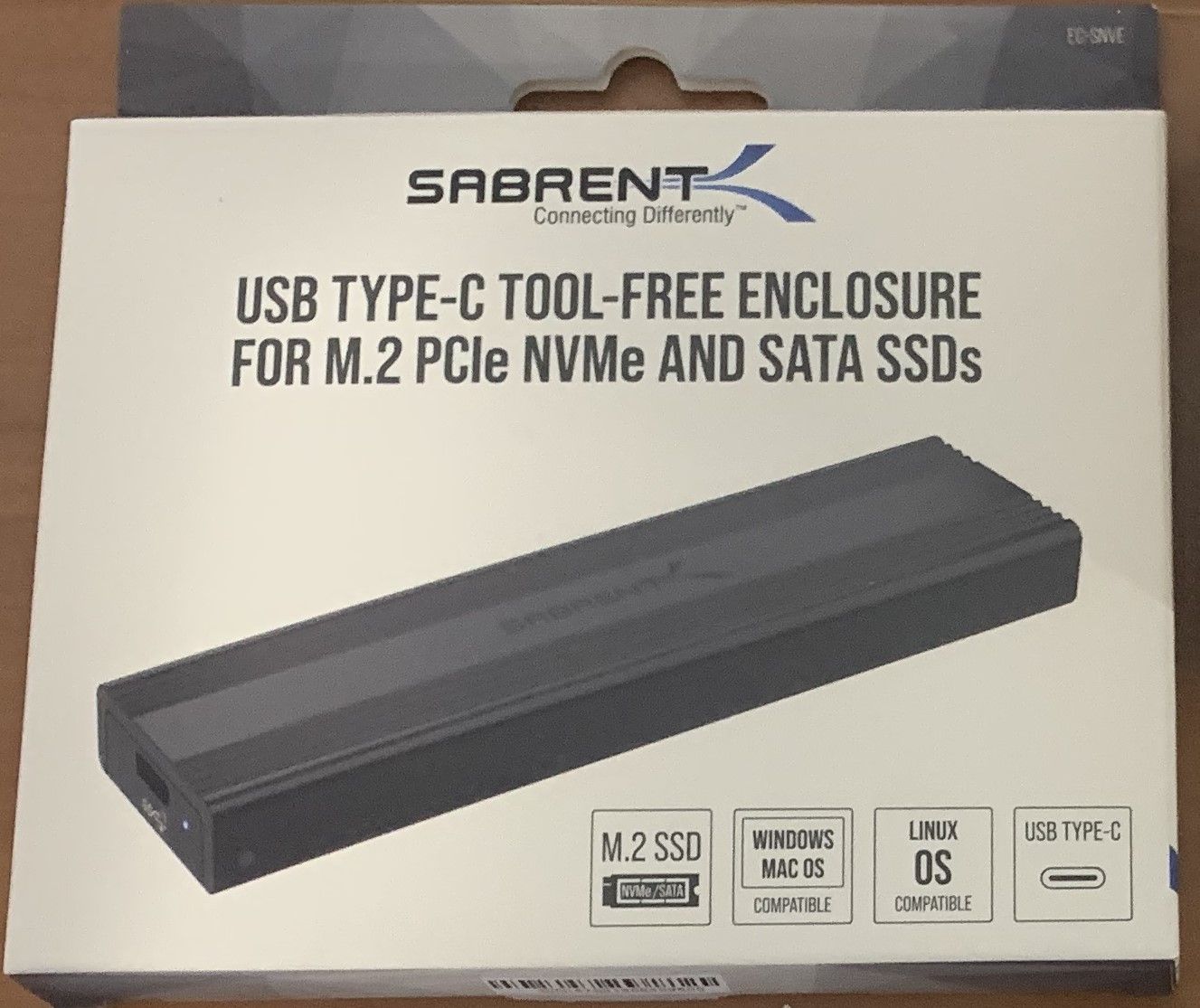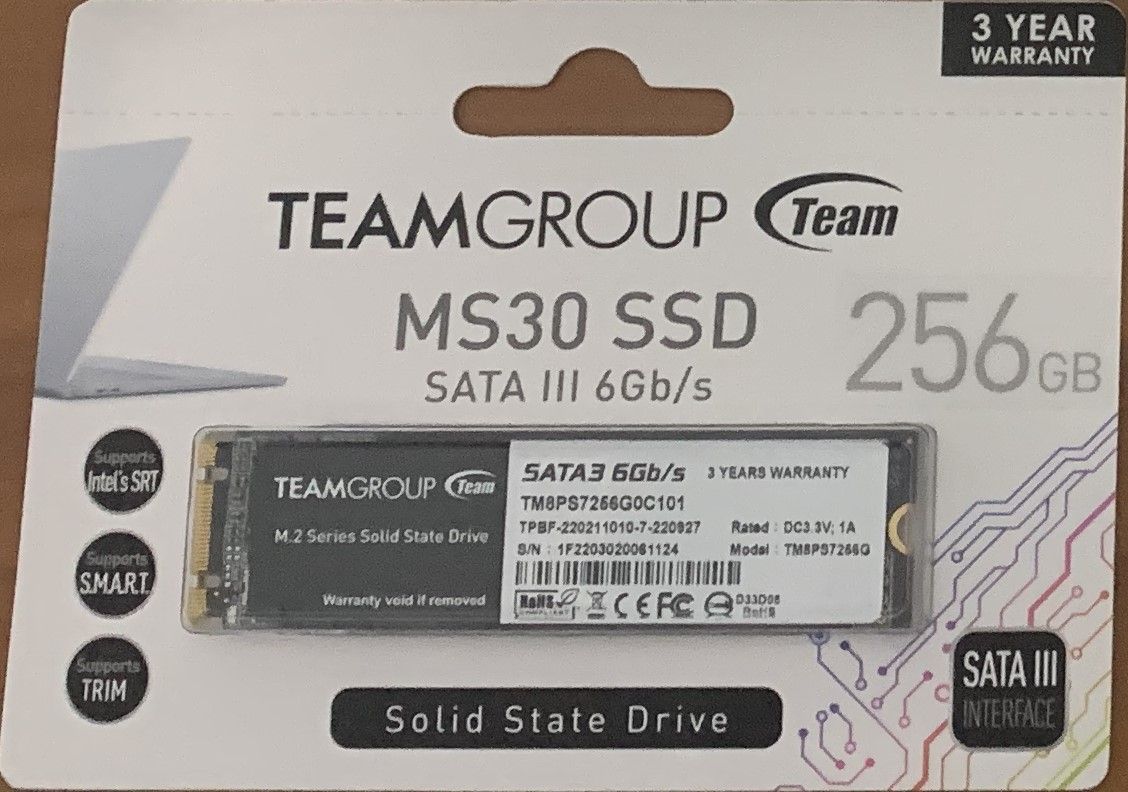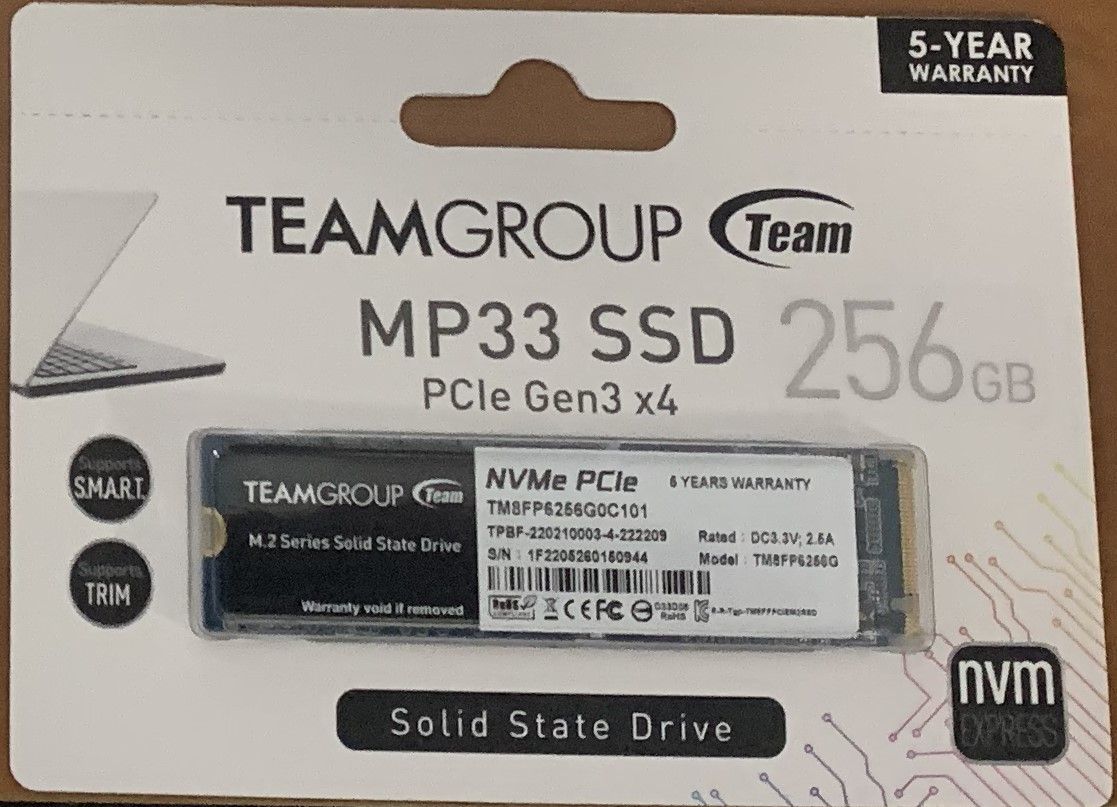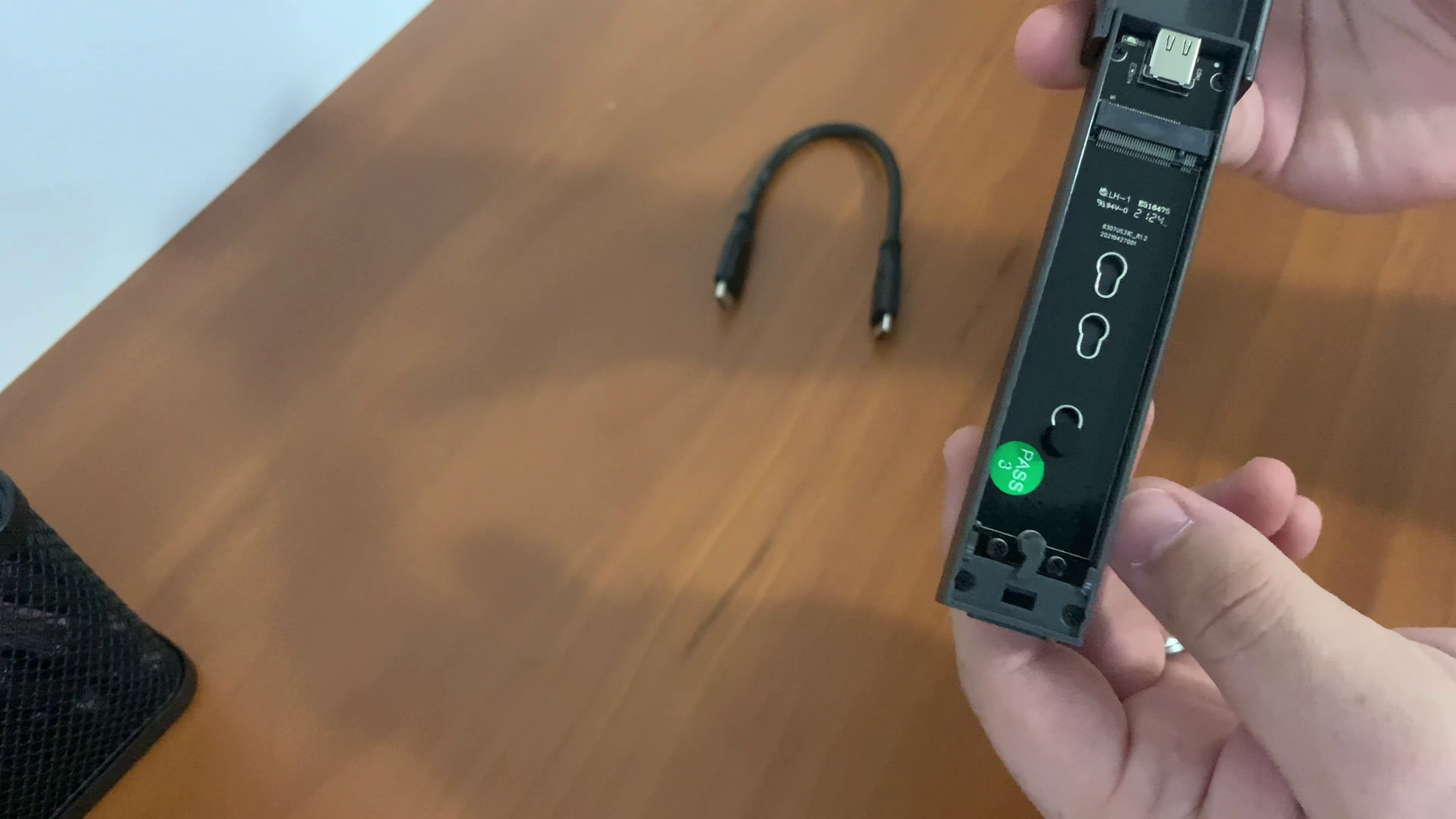Best Bang for the Buck NVMe and SATA M.2 Enclosure? Checking out Sabrent's EC-SNVE
If you prefer a video format, here is the accompanying video for this post
Lately I find myself working with SSDs using the M.2 interface as opposed to traditional version of SATA's connector. When drives started coming out several years ago using M.2 it caused a bit of confusion as it supported multiple protocols; supporting traditional SATA and now NVMe as well. Non-volatile Memory Express or NVMe was new at the time, designed with flash storage in mind from the inception whereas SATA was designed originally for spinning hard drives and additional support for SSDs was added onto the specification in future revisions. NVMe also runs over PCIe.
Up until recently I needed at least 3 adaptors if I wanted to be able to connect a drive to a desktop or laptop: a 3.5 / 2.5" dock for SATA HDDs and SSDs, an M.2 SATA to 2.5" enclosure I could use with the dock, and a toolless enclosure for NVMe drives only. This was pretty cumbersome especially if I wanted to be able to bring more portable versions with me in my backpack. Thankfully some new controllers came to market that worked with both NVMe and SATA which were being integrated into toolless enclosures.
The enclosure I went with is from Sabrent which now lets me have my SATA dock and the enclosure at my desk to be able to connect anything but SAS or U.2 drives to my desktop. If I need to be on the go I have a small powered SATA to USB connector and my Sabrent dock to have the same capabilities. You can see the box below:

Included is the toolless SSD enclosure itself as well as a short USB C to C cable. The USB interface runs at 10g speeds which is more than what SATA would be able to saturate but it will bottleneck NVMe drives on purely sequential read / write operations. To do some testing I purchased 2 SSDs from TeamGroup: an MS30 SATA SSD and an MP33 NVMe SSD both 256GB in size.


The enclosure itself as mentioned is toolless, making it an excellent option for your backpack. You can open the enclosure with the button on the bottom and then opening it. Once open there is a rubber nub for drives shorter than 80mm and a rotating plastic part on the bottom for drives that are 80mm.

The drives insert at an angle and then are pushed down, if 80mm in length rotate the plastic retention part on the bottom to secure the drive, otherwise insert the rubber nub in the proper slot to secure it down. You can then simply close the enclosure and it will snap securely shut. There are no drivers to install so you can connect it up to a computer right away.
I first tested the SATA SSD over a 10g USB C port on my desktop with Crystal Disk Mark 8.0.4:

This isn't a very high performance SATA SSD so we're a bit short compared to with the interface is capable of but it is very close.
And here are the IOPS:

570MB/s read and 508MB/s sustained write is certainly respectable, as are the 6000 and 9750 IOPS
AS SSD Benchmark had very similar results:

Next I tested the NVMe drive with the same setup:

We're maxing out the 10g USB interface on the reads and getting very close on writes.

1010MB/s read and 900MB/s sustained write is very respectable, as are the 8350 and 17350IOPS.
And the AS SSD Benchmark results:

The largest differences were in sequential read speeds and random write performance. Converting an old smaller NVMe drive you were using as a boot disk to a portable USB drive with this enclosure would be a cheap way to get a very performant portable drive.
Overall I am very happy with the purchase and you can find links to the enclosure and the SSDs here:

